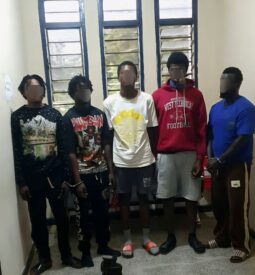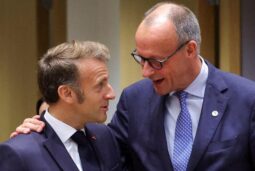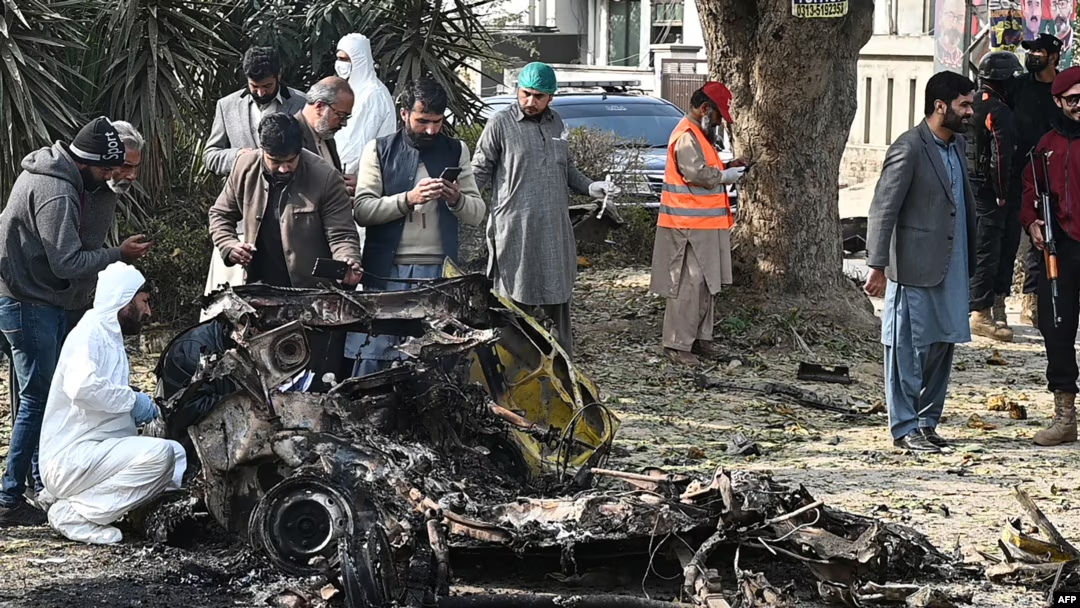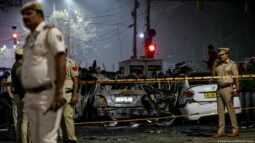AP
The death of a pope starts a centuries-old ritual involving sacred oaths by the cardinals electing a successor, the piercing of ballots with a needle and thread after they’re counted, and then burning them to produce either the white or black smoke to signal if there’s a new leader for the world’s 1.3 billion Catholics.
The election itself is shrouded in secrecy, with cardinals forbidden from communicating with the outside world what happened during the voting in the conclave behind the frescoed walls of the Sistine Chapel.
St. John Paul II rewrote the regulations on papal elections in a 1996 document that remains largely in force, though Pope Benedict XVI amended it twice before he resigned. Here is what happens when a pope dies, a period known as the “sede vacante,” or the “vacant See.”
Who’s in charge?
If the pope has died, the camerlengo, or chamberlain, must certify the death and seal the papal apartment. He runs administrative and financial duties of the Holy See until a new pope takes over.
The largely ceremonial job of camerlengo is currently held by Cardinal Kevin Farrell, the Irish-born American head of the Vatican’s laity office.
Nearly all prefects of Vatican offices lose their jobs when a pope dies, but a few stay on, including the foreign minister and the master of liturgical ceremonies, who plays a key role in assembling the conclave.
The dean of the College of Cardinals summons the cardinals for the funeral, presiding at the Mass before the conclave begins. That position is currently held by Cardinal Giovanni Battista Re, the retired head of the Vatican’s office for bishops.
In November 2024, Francis reformed the rites to be used for his funeral, simplifying them to emphasize his role as a mere bishop and allowing for burial outside the Vatican. Francis has chosen to be buried in St. Mary Major Basilica, where his favorite icon of the Virgin Mary, the Salus Populi Romani, is located.
What’s the timing?
The death of a pope begins a precise sequence of events that include the confirmation of death in the pontiff’s home, the transfer of the coffin to St. Peter’s Basilica for public viewing, a funeral Mass and burial. Interment must take place between the fourth and sixth day after his death.
After the funeral, there are nine days of official mourning, known as the “novendiali.”
During this period, the cardinals arrive in Rome. To give everyone time to assemble, the conclave must begin 15-20 days after the “sede vacante” is declared, although it can start sooner if the cardinals agree.
Who can elect a pope?
Only cardinals under age 80 are eligible, and current regulations limit the number of electors to 120. According to the most recently updated Vatican statistics, there were 135 cardinals under age 80 and eligible to vote, though that number may change before the conclave begins.
Those over 80 can’t vote but can participate in pre-conclave meetings, known as general congregations, in which church problems are discussed. It was in these meetings in 2013 that then-Cardinal Jorge Mario Bergoglio spoke about the need for the church to go to the “existential peripheries” to find those who suffer — an off-the-cuff speech that helped his election.
Who are possible candidates?
Any baptized Roman Catholic male is eligible to be pope, but since 1378, only cardinals have been selected. Some current leading candidates:
— Cardinal Pietro Parolin of Italy, 70, Francis’ secretary of state and a veteran Vatican diplomat.
— Cardinal Marc Ouellet of Canada, 80, head of the Vatican’s bishops office from 2010 to 2023.
— Cardinal Christoph Schoenborn of Austria, 80, a student of Pope Benedict XVI, and thus ostensibly having appeal for conservatives.
— Cardinal Luis Tagle of the Philippines, 67, brought by Francis to head the Vatican’s massive missionary office.
— Cardinal Matteo Zuppi of Italy, 69, a Francis protégé who headed the Italian bishops conference.
How are the votes taken?
A first ballot is held in the Sistine Chapel on the afternoon after the initial Mass. If no pope is elected, over the ensuing days two ballots are held each morning and two each afternoon.
The ballots are rectangular pieces of paper with the words: “Eligo in Summum Pontificem” (“I elect as supreme pontiff”) written on top, with a space for a name. Each cardinal makes his choice, folds the paper in half, walks to the front of the chapel and declares: “I call as my witness Christ the Lord, who will be my judge, that my vote is given to the one who before God I think should be elected.”
He then puts the ballot on a tray and tips it into a receptacle.
Three designated cardinals, known as scrutineers, check each ballot to see if it is filled out correctly. Each name is see if it is filled out correctly. Each name is read aloud and counted, with the results announced to the conclave after each round.
If no one gets the needed two-thirds of votes, the ballots are pierced with a needle and thread, which is then knotted and placed on a tray, and another round of voting is prepared.
Benedict modified some of John Paul’s 1996 conclave rules, most notably excluding his vision that a pope could be elected by a simple majority if voting was stalemated. Benedict decreed that a two-thirds majority is always needed, no matter how long it takes. He did so to prevent cardinals from holding out for the 12 days foreseen by John Paul and then pushing through a candidate with a slim majority.







